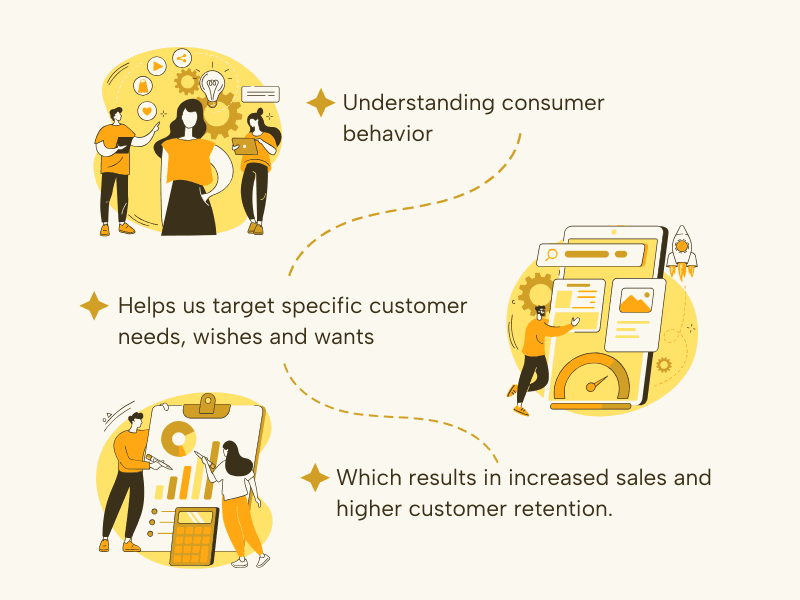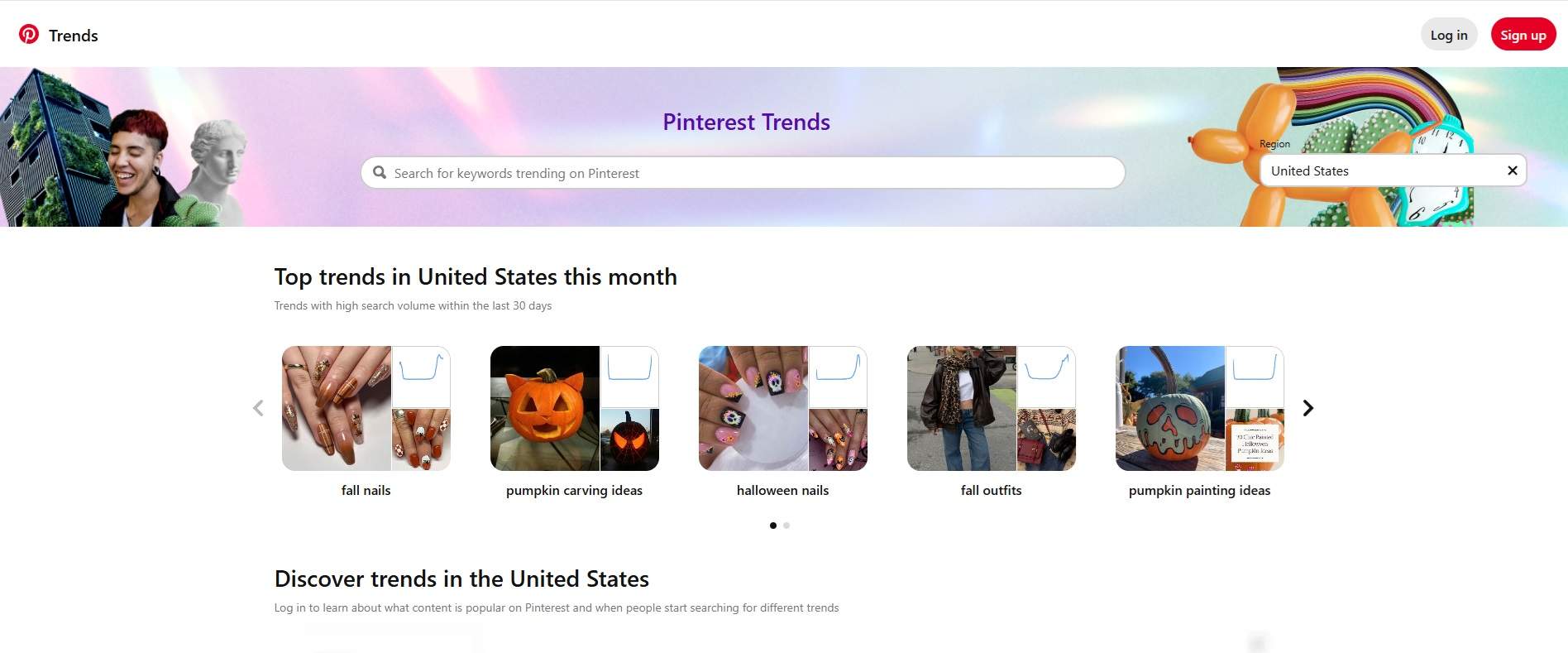What is seasonality in marketing?
Seasonality in marketing refers to the strategic alignment of promotional efforts with specific times of the year, such as holidays, changing seasons, and significant cultural events.
This approach leverages predictable consumer behavior that correlates with these periods and as a result, the engagement gets higher and the sales go up.
Why Seasonal marketing matters?
It’s important to get to know our customers and understand what makes them tick. When we take the time to understand their:
needs
wants
behaviors
it becomes so much easier to turn potential buyers into loyal fans of our brand.
The better we understand what drives them, the better we can shape our messaging, products, and services to meet or even surpass their expectations and keep them coming back for more.
1. Understanding consumer behavior
Certain times of the year trigger specific purchasing behaviors. For instance, consumers are more inclined to shop during holidays like Christmas or back-to-school season, making these prime opportunities for targeted marketing campaigns.
2. Increased engagement
Seasonal marketing mainly taps into the excitement surrounding holidays and events, creating a stronger emotional connection with consumers. This connection can lead to higher engagement rates and brand loyalty.
3. Sales go up
By aligning marketing strategies with seasonal trends, businesses can capitalize on increased consumer spending during peak periods.
For example: offering special promotions during Valentine's Day or Black Friday can significantly enhance sales figures.
Key elements of seasonal marketing campaigns
Timing: Plan campaigns 2-3 months in advance to build anticipation, have everything placed in time so there is less stress, and capture peak demand on time.
Audience segmentation: Tailor messages to different customer groups, you can prepare this throughout the year.
Compelling offers: Create urgency through limited-time promotions, discounts, or exclusive products that encourage immediate purchases.
Brand consistency: Maintain a cohesive message across all marketing channels using seasonal imagery and themes. So make sure to stay on-brand even during Christmas.
Multichannel or Omnichannel Promotion: Utilize various platforms such as email, social media, ads—to maximize reach and engagement. Even better if you can utilize an omnichannel approach.
Popular seasons and events for marketing
To effectively implement seasonal marketing strategies, businesses should focus on key events throughout the year:
Holidays: Christmas, New Year’s Eve, Valentine’s Day, Halloween.
Seasonal Changes: Spring cleaning promotions, summer travel deals, fall fashion launches.
Cultural Events: Back-to-school campaigns, Super Bowl promotions.
Industry-specific events: National Pet Day (April 11), International Women’s Day (March 8), Earth Day (April 22), etc. depending on your industry.
Each season presents unique opportunities for businesses to align their products and messaging with consumer interests and needs at that time. For easier tracking, I suggest you do a "year in advance" type of calendar where you sit down, and google out the possible dates of important events for your industry. This approach ensures that you won't miss an important opportunity.
My top free tool for seasonality research is Google trends.
A tool that allows you to explore search interest over time for specific keywords.
You can filter results by location, date, category, and type of search (web, image, youtube, google shopping) to gain insights into consumer behavior and emerging trends.
Read more about Google trends in my latest blog. 👇
Some other free tools and strategies:
1. Pinterest Trends
This tool allows you to discover trending topics on Pinterest. You can view search volume trends over time and explore related content, making it useful for visual marketing strategies. You just have to create an account to use it.
2. YouTube Trending
YouTube's trending page displays the most popular videos in your region, offering insights into current interests in video content and potential influencer partnerships.
3. Facebook, Instagram, X and TikTok
You can do social listening. These platforms allow us real time tracking of trends. The best thing you can do for free is to research and compile a list of keywords and hashtags associated with seasonal events.
Actionable steps we can do for free:
monitor relevant hashtags
following relevant accounts in our industry
engaging with our audience by utilizing polls or questions.
Paid tools like Brandwatch, Hootsuite, and BuzzSumo do this automatically, you can do these things by hand if you don't have the budget. It is simply more time-consuming.
Conclusion
Incorporating seasonality into marketing strategies is essential for businesses aiming to enhance consumer engagement and drive sales throughout the year.
By understanding consumer behavior associated with different seasons and effectively planning campaigns around key events can help you create creative and timely content and boost sales.





